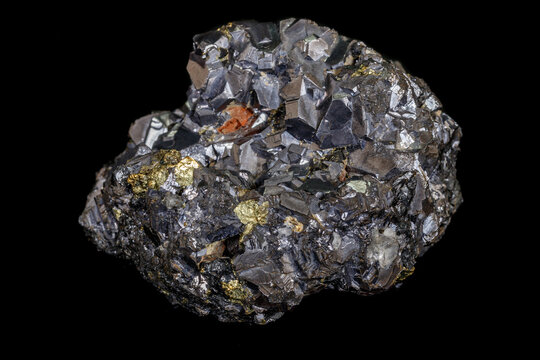
Producing lead ingots on a small scale in a workshop is possible, but there are a few important considerations and challenges due to the health risks and technical requirements involved. Here’s an outline of what you’d need:
- Sourcing Raw Materials
- You would need access to lead ore (like galena) or scrap lead materials, which are easier to obtain and recycle. Lead scrap could come from used batteries, old pipes, or other lead-based products.
- Small-Scale Smelting Equipment
- For small-scale production, a compact furnace or kiln designed for metal smelting is essential. Crucible furnaces are commonly used in small workshops, where the lead is melted in a heat-resistant container. These furnaces reach the high temperatures needed to melt lead (above 327°C or 621°F).
- Ventilation and Safety Equipment
- Lead smelting releases toxic fumes, so proper ventilation, such as an exhaust hood with filters, is necessary. It’s critical to work in a well-ventilated space or, ideally, outdoors. Personal protective equipment (PPE) like respirators, gloves, and protective clothing is also required to minimize lead exposure.
- Smelting Process
- In a small workshop, you can melt lead scrap directly or, if using lead ore, add a reducing agent (like charcoal or coke) in the furnace to separate lead from other compounds. However, handling lead ore requires additional equipment for crushing and concentration, which may not be feasible for very small workshops.
- Casting Ingots
- Once the lead is molten, it can be poured into ingot molds. These are generally made of steel and shaped for easy stacking and storage. The molds allow the molten lead to cool and solidify into ingots, which can then be stored or transported.
- Legal and Environmental Compliance
- Regulations around lead smelting can be strict because of its environmental and health impact. It’s crucial to check local regulations and comply with safety and waste disposal guidelines.
Challenges
- Toxicity: Lead is highly toxic, especially when smelted, so long-term health risks are a significant concern.
- Waste Management: Lead processing creates hazardous waste that must be disposed of carefully.
- Consistent Quality: Achieving consistent purity in small-scale production can be difficult without advanced refining equipment.




Recent Comments